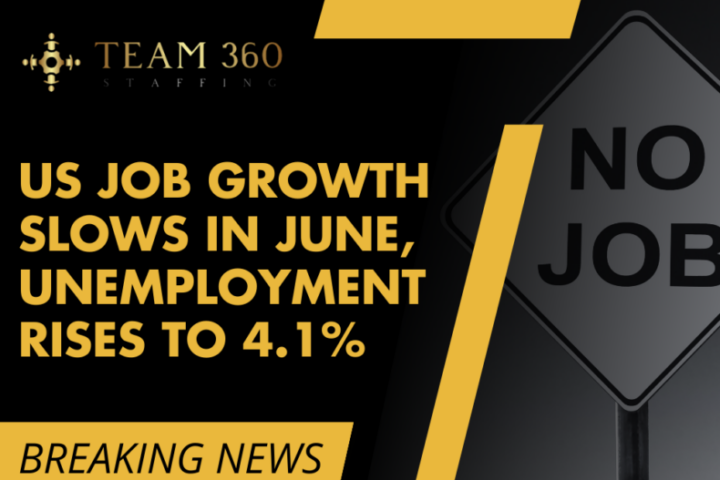For the first time since January, small business hiring fell in June. The CBIZ Small Business Employment Index (SBEI) revealed this unexpected downturn. The SBEI observes employment fluctuations in companies in the United States with fewer than 300 workers. Traditionally, summer stimulates job growth, but lacking skilled labor causes struggles for many businesses across sectors.
Labor Dynamics in June
The CBIZ SBEI witnessed a decrease of 0.08% in June, which cut short four straight months of job growth. This unusual event contradicts past records that show employment boosts at the start of summer.
The main takeaways from this report include,
- A rise in staff numbers occurred in 19% of firms
- No adjustments were made to staffing levels by 60% of businesses
- A drop in total staff was seen in 21% of organizations
Sectors with higher employment include administrative and support services, retail and technology, and life sciences; however, fields like accommodation and food services, art and recreation, and the not-for-profit industry saw declines.
Divergent Regional Hiring Patterns
The recruitment pattern varied across regions, reflecting inconsistent recovery rates and specific regional challenges. Central region’s recruitment grew by (0.67%) while Northeast increased by (0.25%) However, West (1.89%) and Southeast (1.27%) reported declines.
National Employment Data v/s Observed data
June Bureau of Labor Statistics (BLS) data demonstrated an overall employment hike, with 206,000 private sector jobs added. However, the national unemployment rate slightly increased to 4.1%. The ADP’s findings echoed this trend with an uptick of 150,000 private sector jobs, which included a slight increase of 5,000 in staffing levels among small businesses.
Expert Interpretation
CBIZ Investment Advisory Service's Chief Investment Officer Anna Rathbun suggests that if hiring practices weaken, the Federal Reserve may lower interest rates. This puts both small businesses and job seekers in a hovering state of uncertainty.
Sector-Specific Hiring Challenges
The food service sector normally sees a lot of hiring during summer and faces unanticipated drops in June. The arts, entertainment, and recreation sectors were also negatively affected. BLS's report authenticated this weakness, as accommodation and food services shed 2,400 jobs in June, consistent with CBIZ SBEI findings.
Hiring Trends Over Time
This is the second dip after January’s seasonally adjusted decline of 0.12%. While January witnessed anticipated reductions following the holiday season surge, June's decline was abnormal, striking a traditional summer job increase.
The main points from the January report are,
- Increase in staffing levels at 14% of companies
- No changes made by 58% of firms to their headcounts
- 28% of businesses witnessed a decrease
Sectors like government information and management noticed worker increments, whereas administrative support services, arts entertainment, recreation technology, and life sciences reported losses.
Final Thoughts
Finding skilled labor amid unexpected recruitment patterns poses challenges for small businesses. CBIZ SBEI comments on these trends, revealing variance across regions and sectors.
The foggy outlook for jobs necessitates close following by policymakers and companies to support steady growth while maintaining labor market stability. These uneven hiring practices spotlight the need for specific solutions to manage unique hurdles small businesses face countrywide. Efficient policies and improved access to qualified labor are crucial to employee resilience in the small business sector.



